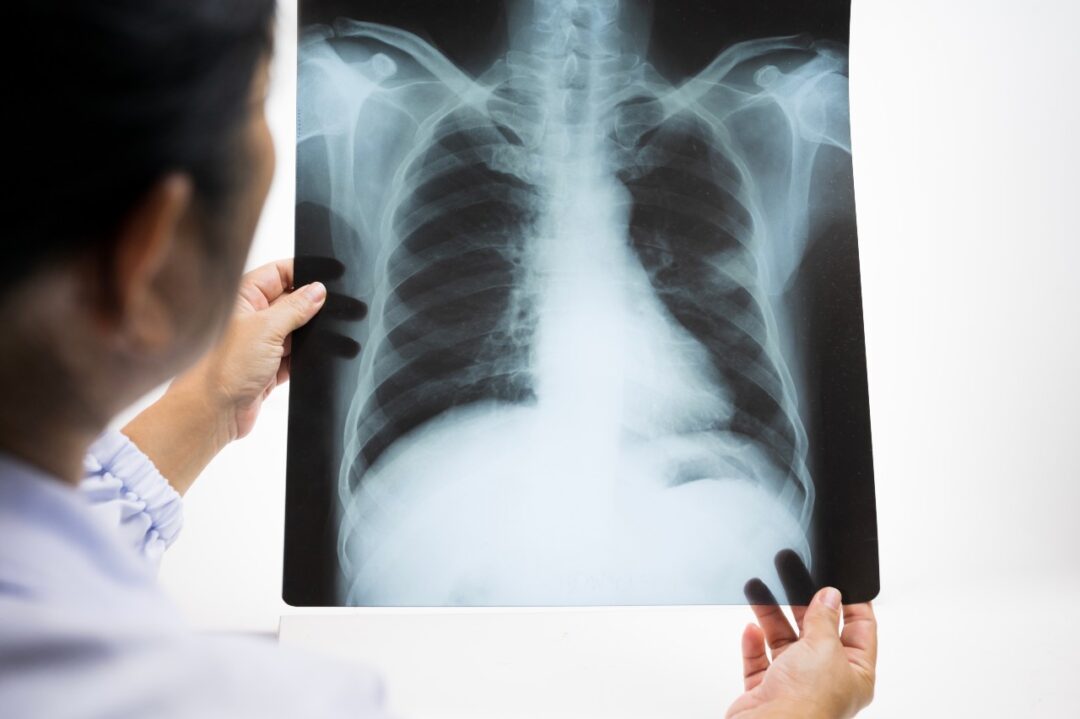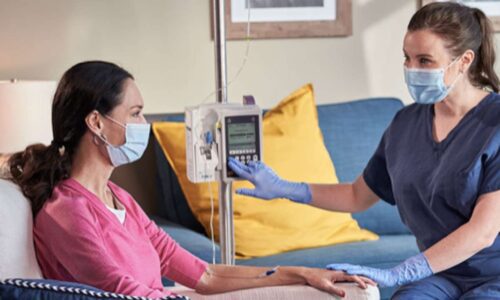Are there any screening tests for lung cancer? |

Most people are aware of the many lives that have been saved through early detection and treatment of cancer. A good example of this is regular Pap screening which has decreased cervix cancer mortality by at least 80%. Why then do we not hear much about screening for lung cancer, the leading cause of cancer deaths in the United States? Shouldn’t a disease that results in more deaths than colon and breast cancer combined, both of which have effective screening tests, receive more attention?
To answer these questions, we first need to look at who gets lung cancer. Over 80% of lung cancer occurs in association with one important risk factor—cigarette smoking. Non-smokers or those without respiratory symptoms, such as cough or shortness of breath, are very unlikely to develop lung cancer. A screening test applied to non-smokers would find lung cancer in a tiny percentage of those tested. Furthermore, up until recently, it had never been proven that there was a screening test capable of saving lives, even when applied to smokers.
Earlier this year, the U.S. Preventive Services Task Force (USPSTF) published new recommendations for lung cancer screening that were largely based on the results of a study involving more than 53,000 current or former heavy smokers. These were smokers who had at least a 30 pack-year history of smoking (one pack-year is defined as smoking a pack a day for one year) and were either currently smoking or had quit within the past 15 years. These high-risk subjects received one of two screening tests, a standard chest x-ray or computed tomography of the chest (low-dose helical CT scan). At the end of the study, it was determined that by performing CT scans of the chest, lung cancer deaths could be reduced by 20%.
The USPSTF now advises “annual screening for lung cancer with low-dose computed tomography in adults ages 55 to 80 years who have a 30 pack-year smoking history and currently smoke or have quit within the past 15 years. Screening should be discontinued once a person has not smoked for 15 years or develops a health problem that substantially limits life expectancy or the ability or willingness to have curative lung surgery”
While the benefits of screening in high-risk individuals have been confirmed, screening is not without its own risks. Sometimes a screening test can suggest that someone has lung cancer when cancer is not really present. This can lead to costly and potentially dangerous tests, or even surgery, that wasn’t necessary. Additionally, the radiation received from repeated x-rays or CT scanning is capable of causing cancer on its own.
Even though lung cancer screening can reduce lung cancer deaths, it will never be as effective in reducing the development lung cancer as stopping smoking or not smoking in the first place. The Centers for Disease Control (CDC) recommends the following measures to help lower your risk of developing lung cancer:
- Don’t smoke. Smoking causes about 90% of lung cancer deaths in men and almost 80% of lung cancer deaths in women in the United States. The most important thing you can do to prevent lung cancer is to not start smoking, or to quit if you smoke.
- Avoid secondhand smoke. Smoke from other people’s cigarettes, pipes, or cigars is called secondhand smoke. Make your home and car smoke-free.
- Get your home tested for radon. The U.S. Environmental Protection Agency recommends that all homes be tested for radon.
Be careful at work. Health and safety guidelines in the workplace can help workers avoid carcinogens—things that can cause cancer.
If you have any questions about lung cancer screening, please log into your account and send us your question. We are here to help.
If you have any more questions just Ask Hanna, our health advisors are here to help.
Image: ©Shutterstock / Komsan Loonprom








